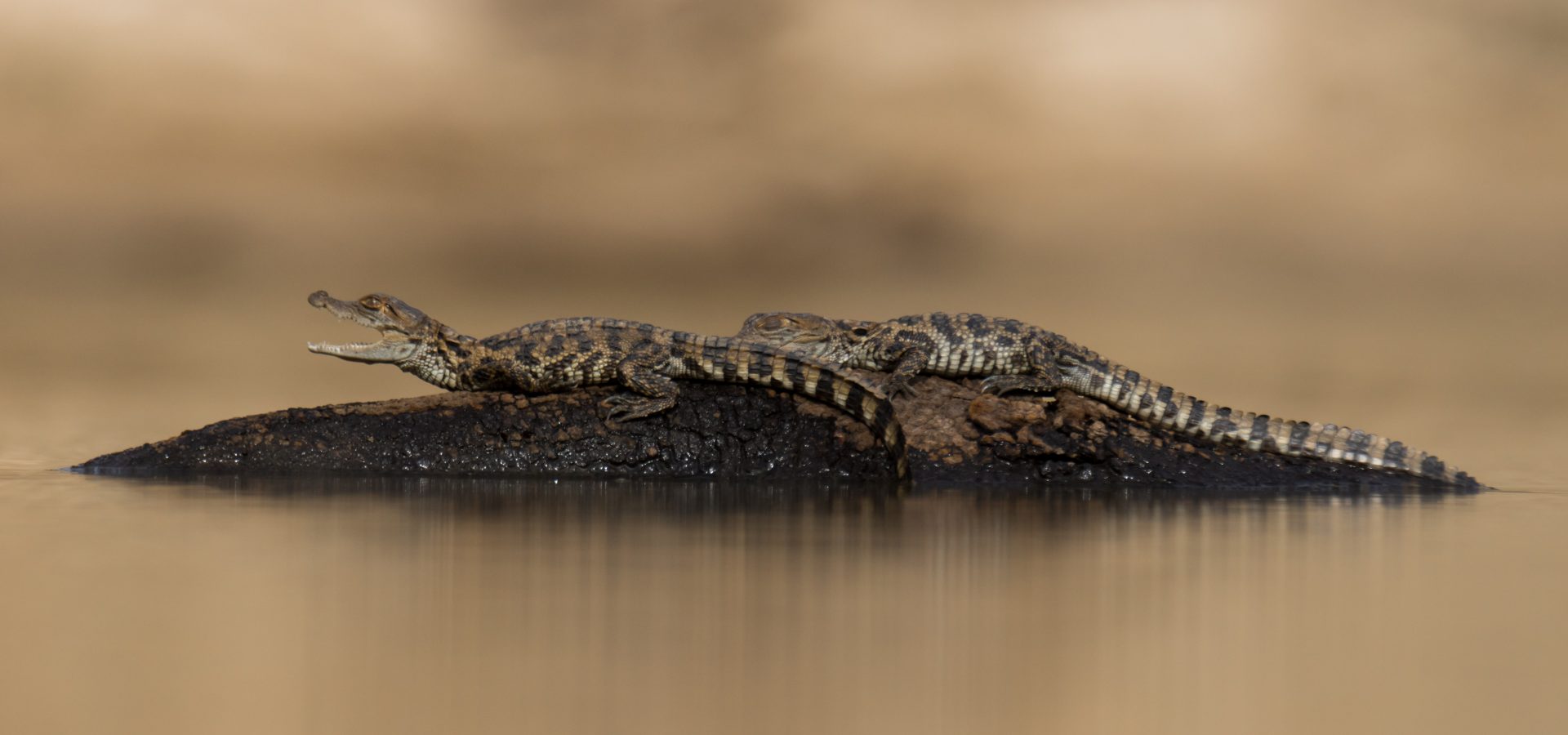Ferocious jaws and armoured skin – crocodiles secure themselves with might in the wild. There are 24 species of crocodiles found across the globe. Gharials, muggers, caimans, and true crocodiles fall under the group commonly referred to as crocodiles. India is home to three crocodile species – Gharial, Mugger, and Saltwater Crocodile. Usually spotted on banks of the aquatic systems, crocodiles are cold-blooded animals that spend a large part of their day basking under the sun. We tend to think of these creatures as dangerous, scaly beasts – but there’s so much more about them that we’re yet to know!
Often despised as “river monsters”, crocodiles are apex predators in the natural world. These reptiles play a critical role in the ecosystem by maintaining biodiversity and ecological balance: they control the population of other aquatic animals.
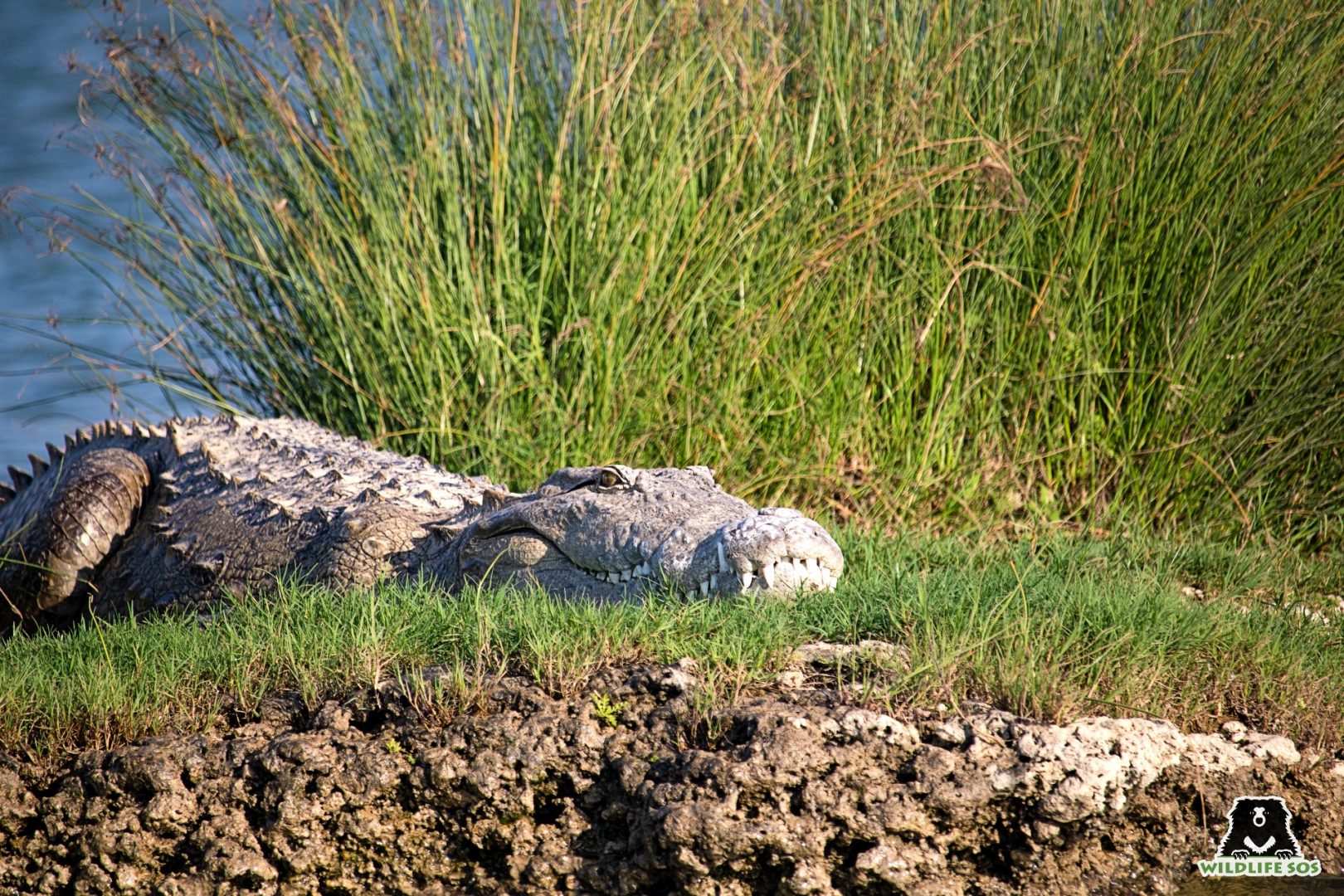
Certain species of this seemingly indestructible lot have unfortunately been brought to the brink of extinction. Crocodiles too are facing threats due to climate change, habitat degradation, irreversible development activities, and illegal poaching. As boundaries between the wild and human-dominated landscapes continue to diminish, crocodiles are frequent victims of the human-wildlife conflict.
In order to conserve crocodiles in the wild, the Government of India initiated the Crocodile Conservation Project in 1975 to rebuild the crocodilian population. Numerous breeding centres have been established along their native habitat that rear hatchlings and reintroduce them upon maturity. Other action interventions, including building of artificial nesting and basking sites, are also being carried out.
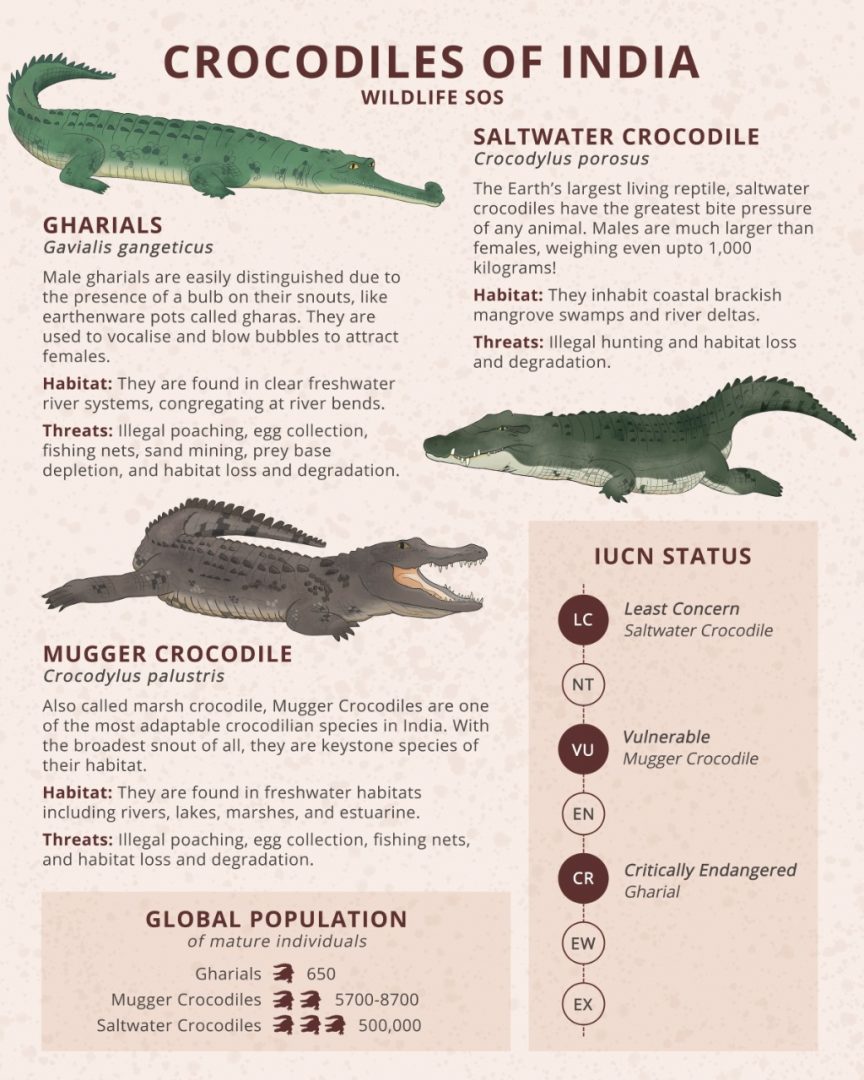
Gharials
Distinguished by their long and narrow snouts, gharials (Gavialis gangeticus) are fish-eating crocodiles. Adapted to a life of freshwater, they occupy fast-moving rivers. In fact, gharials are the most aquatic of all living crocodiles! Over 100 sharp, interlocking teeth and thick tails with spikes allow them to hunt efficiently in water. Being shy-natured, gharials are quick to escape upon the slightest disturbance in water. Males and females are sexually dimorphic, meaning, they have unique characteristics specific to the particular sex. Adult males develop a large, bulbous growth on the tip of their snout, called a “ghara”, which in Hindi means an earthen pot. This is why they were named gharials! This organ acts like a visual signal while they are looking for females to mate with; it also helps them produce loud sounds and blow bubbles.
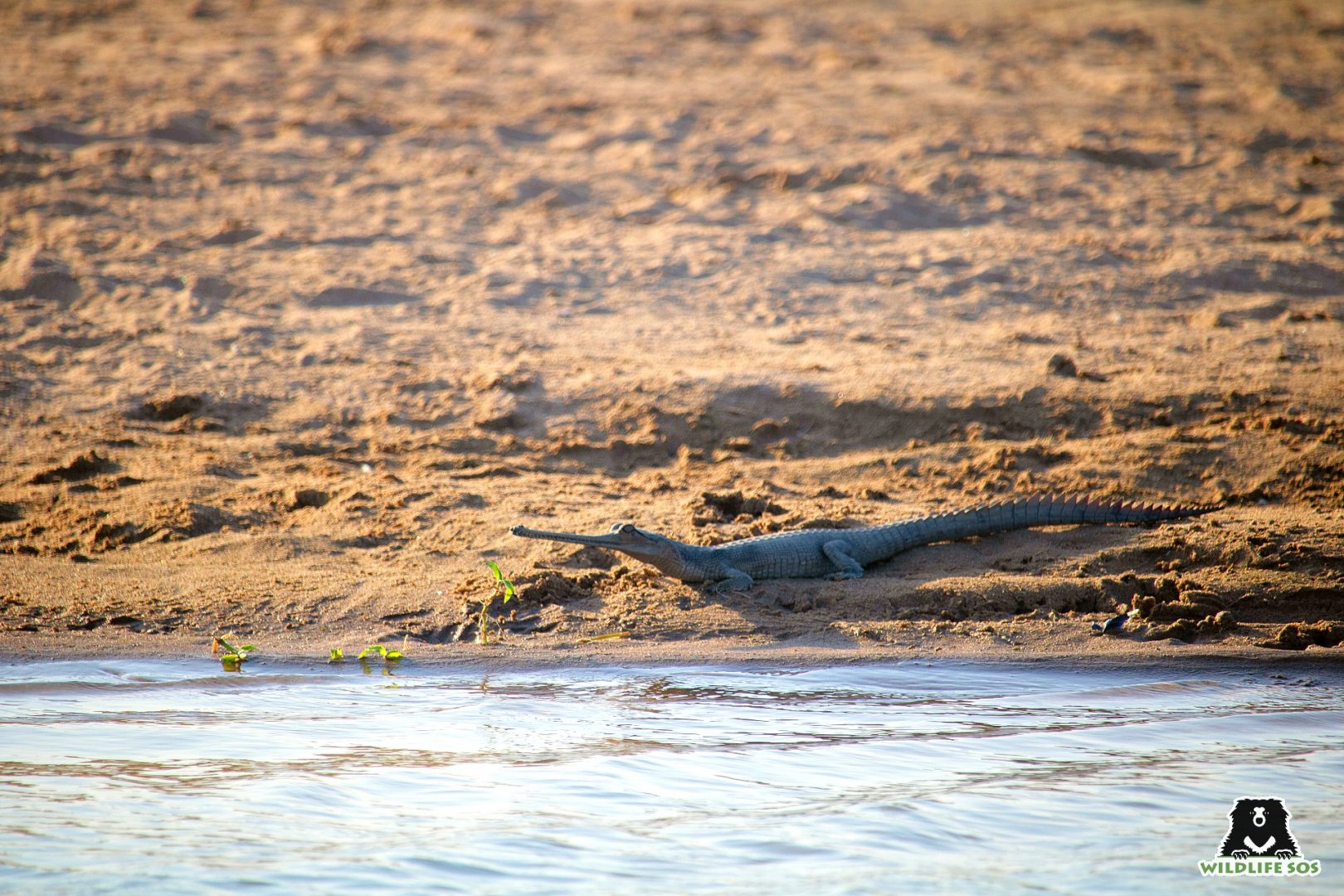
Classified as Critically Endangered by IUCN, gharials are endemic to the Indian subcontinent. Once widely inhabiting major river systems in the northern parts of the country, they are now limited to the Chambal, Girwa Ghagra, and Gandak rivers. In the wild, the species has faced a severe population decline due to anthropogenic activities. In the span of 60 years, from 1946 to 2006, the gharial population fell by 98 percent. Habitat loss, overfishing, poaching for body parts, construction of dams, sand mining, and agricultural development have largely contributed to this shocking decline. Latest estimates suggest that only about 650 mature individuals remain in the world. These fish-eating crocodiles are protected under Schedule I of the Wildlife (Protection) Act, 1972.
Mugger
The most common of the three crocodiles, muggers can be identified by their broad-snouts. Also known as marsh crocodiles, they inhabit freshwater rivers, lakes, and marshy swamps. They are known to dig burrows or holes for nesting purposes. Being opportunistic predators, they can feed on a variety of available prey – fish, amphibians, reptiles, birds, and even mammals. Muggers use the element of surprise and well thought strategies to hunt efficiently. Marsh crocodiles have the ability to remain still till the exact time to strike! Their tough keratin scales are known to be sensitive to even the slightest motion in the water and this helps them detect prey easily.
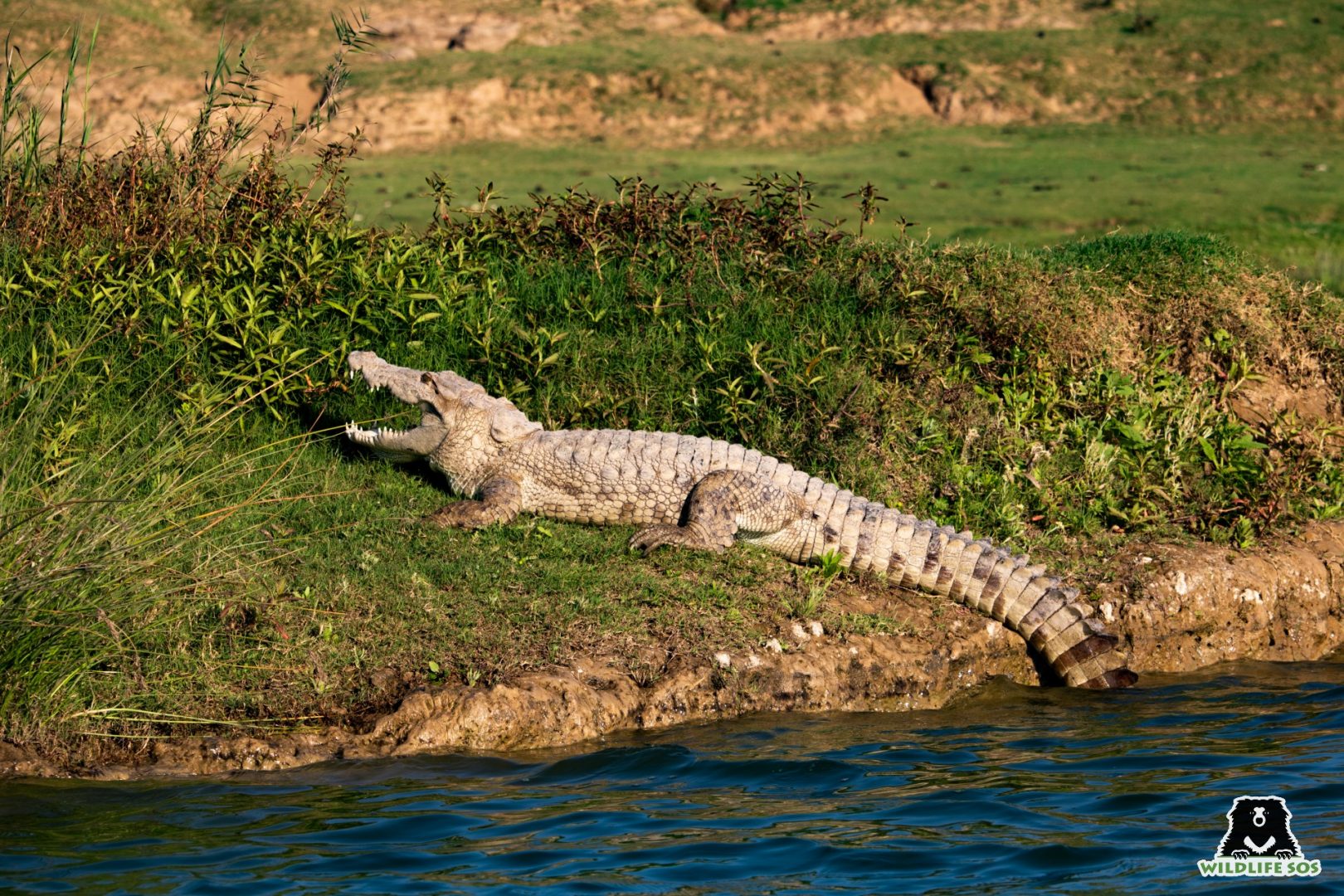
In certain rivers of northern India, gharials and mugger crocodiles share the same habitat. To avoid competition, they split up their basking, feeding, and nesting resources. A study by Wildlife Institute of India revealed that gharials are specialists when it comes to picking a basking and nesting site, while muggers are generalists.
Muggers are facing threat due to habitat destruction, land conversion due to agriculture and development, fishing nets, egg predation, illegal poaching, and conflicts with humans. Today, the species is listed as Vulnerable on the IUCN Red List. They are also protected under Schedule I of the Wildlife (Protection) Act, 1972.
Saltwater Crocodiles
Largest of all crocodilian species, the saltwater crocodile is also the largest reptile in the world. The species inhabits a few coastal regions in India including Odisha, West Bengal, and the Indian Islands. A long and powerful tail, webbed digits, and powerful jaws make the animal an excellent predator in aquatic habitats. Similar to other crocodiles, their eyes, ears, and nostrils are located on the top of the head – making it easy for them to remain submerged as they set out on a hunt! From snakes and turtles to wild boars and monkeys, saltwater crocodiles feed on a variety of species. Saltwater crocodiles have the strongest bite force among all crocodilians; they prefer dragging their hunt into the water, where they can easily feast on it.
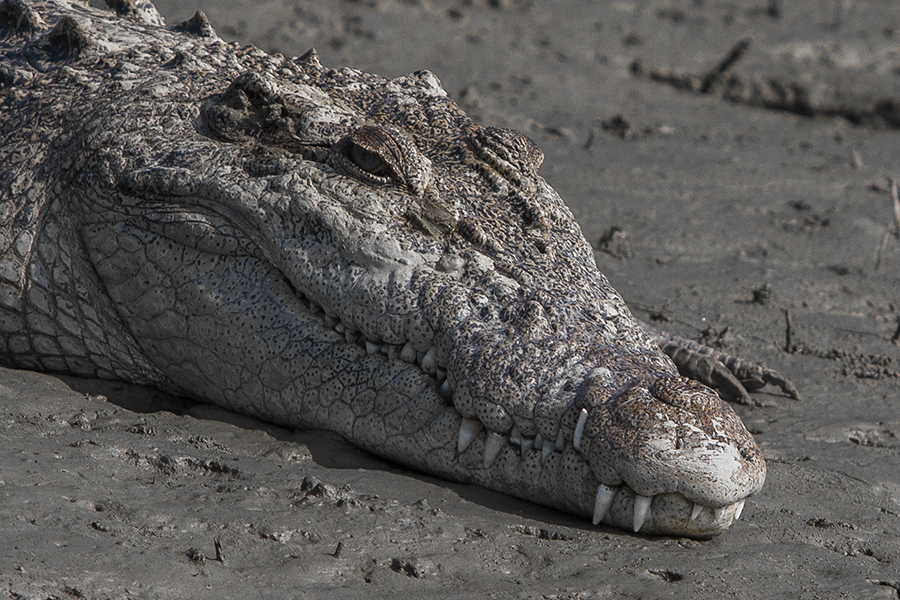
The skin, meat, and other body parts of saltwater crocodiles are being used in the leather industry and as culinary delicacies. Several captive crocodile farms have been set up to carry out this commercial exploitation. Besides illegal poaching, habitat loss and human-wildlife conflict also contribute to the threats posed to the wild populations. Listed as Least Concern on a global scale by IUCN, the crocodile is protected under Schedule I of the Wildlife (Protection) Act, 1972.
Wildlife SOS to the Rescue!
Time and again, Wildlife SOS is involved in rescuing crocodiles from distress situations. Our team works hard to increase awareness through education in conflict-prone areas. With an aim to encourage coexistence and avoid conflict between humans and wild animals, our Rapid Response Unit functions in four states. They work round-the-clock to rescue distressed animals, conduct thorough medical examinations, offer treatments, release them into their natural habitat or rehabilitate them, if necessary.
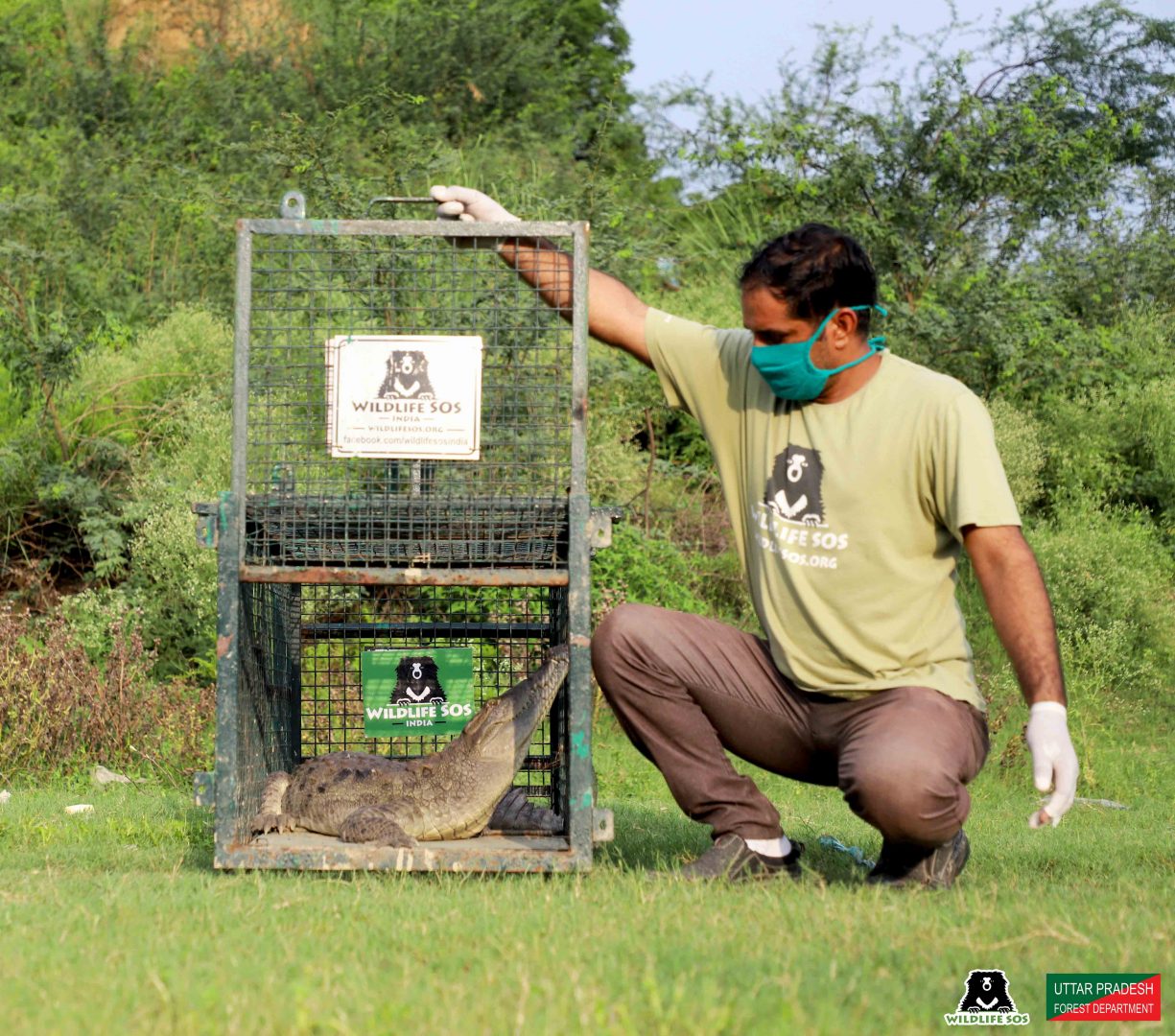
If you come across reptiles or any other animals in the following cities, please contact our team immediately:
Delhi NCR – +91-9871963535
Agra & Mathura in Uttar Pradesh – +91-9917109666
Vadodara, Gujarat – +91-9825011117
Jammu & Kashmir – +91 7006692300, +91 9419778280

